
How to layer perfumes to create a distinctive scent

Learning how to layer perfume opens up a world of personalization. You can create your own original scent. By combining multiple fragrance notes, you can create a scent that changes with your mood, reflects the season, or is tailored to a specific occasion.
When considering perfumes for women, it’s important to understand how these scents work together. Whether you love floral scents like jasmine or fruity scents like orange blossom, get ready to create a custom fragrance that shines.
How to layer perfume
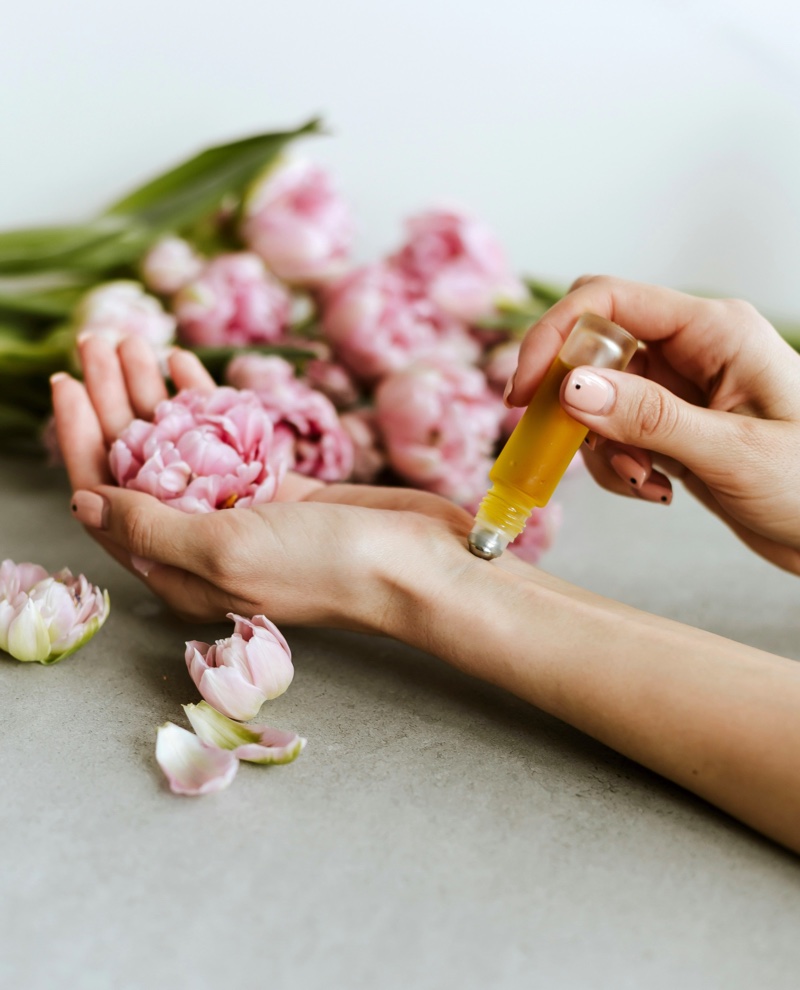
Perfume layering involves applying multiple fragrances to create a signature scent. This allows for unique combinations of notes such as floral, woody, and citrus. This practice offers endless possibilities to suit your personality and mood.
The beauty of layering is its flexibility. Suitable for any occasion, from a light daytime blend to a warm evening scent. For successful layering, consider how your notes interact.
Start with a deep base note like sandalwood and add a refreshing top note like bergamot. Mixing eau de parfum with a light eau de toilette can create a balanced and evolving scent.
Layering is not limited to perfumes. You can include scented lotions, oils, and hair fragrances to build complex, long-lasting scent profiles.
Arranging and pairing scents
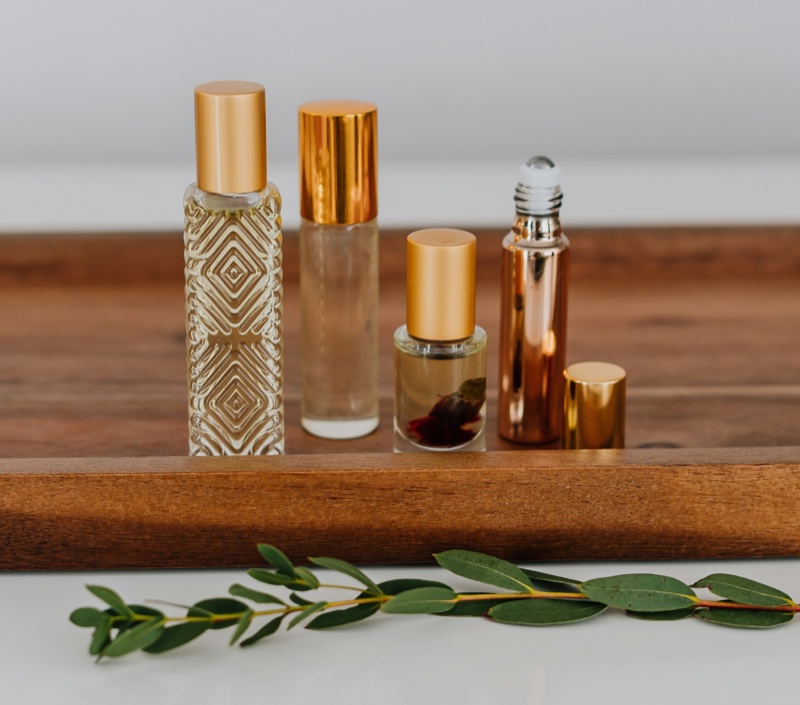
Careful placement of your perfume will help with layering. Start by grouping scents into fragrance families, such as floral, citrus, spice, wood, and gourmand. These often blend harmoniously. For example, warm amber spices combine beautifully with vanilla for a rich, soothing effect.
For effective layering, place heavier, richer scents as a base layer to support lighter top notes. Another approach is to organize by occasion and choose scents for everyday wear, special events, or cozy evenings. This allows you to match your scent to your mood.
When choosing complementary scents, consider the following classic combinations:
Citrus & Floral: Bright citrus notes like lemon and bergamot are combined with jasmine and peony to create an uplifting and fresh atmosphere.
woody & spicy: The combination of earthy sandalwood and cinnamon evokes warmth and comfort.
Gourmand & Sweet: Vanilla and dark chocolate layers will take you to dessert heaven.
In addition to these combinations, think about the atmosphere you want to create. Fresh green notes such as basil and mint and citrus add a refreshing feel during the day, while rich amber and musk create a mysterious aura for evening wear.
Tips for layering perfume effectively
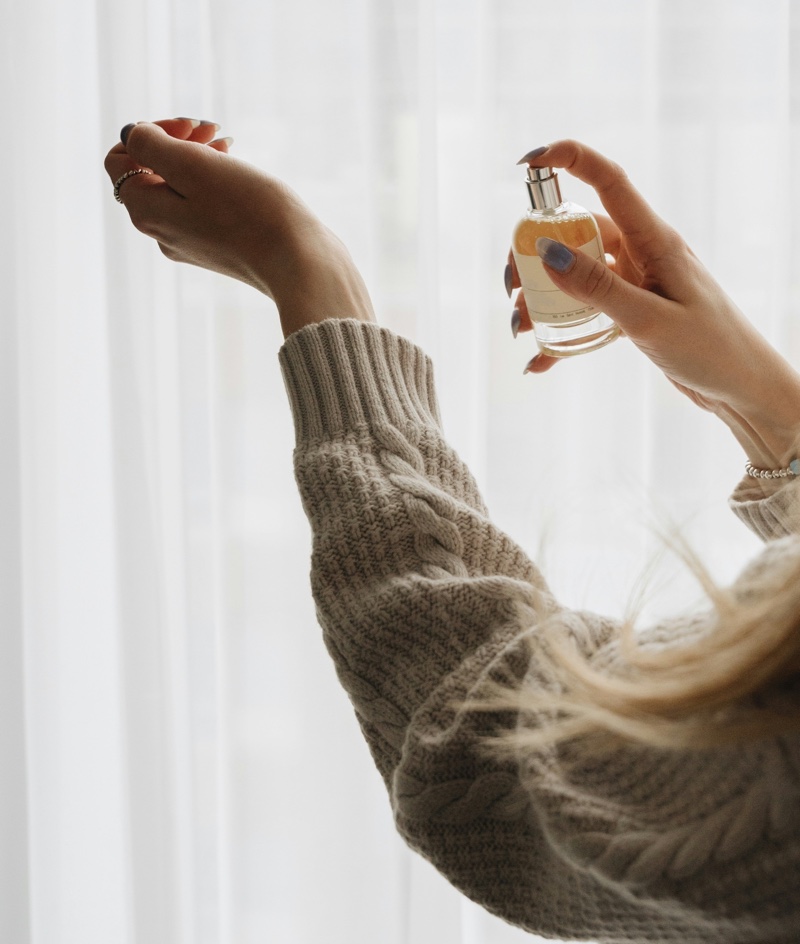
To get the most out of your layered perfumes, consider these tips.
Let’s start with the base: Add a strong scent first. This will serve as the basis.
Layer wisely: Gradually add the second scent. Start with a small amount and see how it interacts with the base scent.
Apply strategically: Concentrate on your pulse points (wrists, neck, behind your ears) to allow the scent to spread naturally throughout the day.
Will perfumes last longer if you layer them?

Yes, you can layer perfumes to make the scent last longer. By combining two or more fragrances, you can build a more complex structure that will stand the test of time on your skin.
When layered properly, the first scent acts as a base while the top notes of the second scent shine through.
Additionally, incorporating long-lasting notes like musk and amber into your layers will give you an all-day effect. This way, you won’t have to reapply frequently.
Try seasonal scents
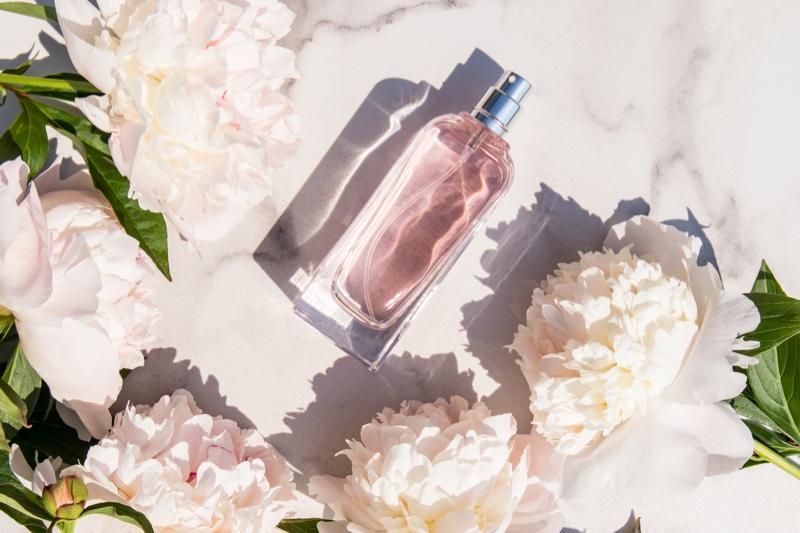
One of the most exciting aspects of layering fragrances is adapting them to the changing seasons.
In spring and summer, the light fruity floral scent will refresh your mood. In autumn and winter, the deep, spicy, woody scent evokes warmth and cosiness.
Mixing these scents according to the season can keep the experience fresh and interesting. For example, layering a pumpkin spice scent with a hint of vanilla creates the perfect fall scent.
On the other hand, pair a coconut-scented fragrance with a splash of lime and you’ll have a tropical getaway all year round.
Common mistakes to avoid
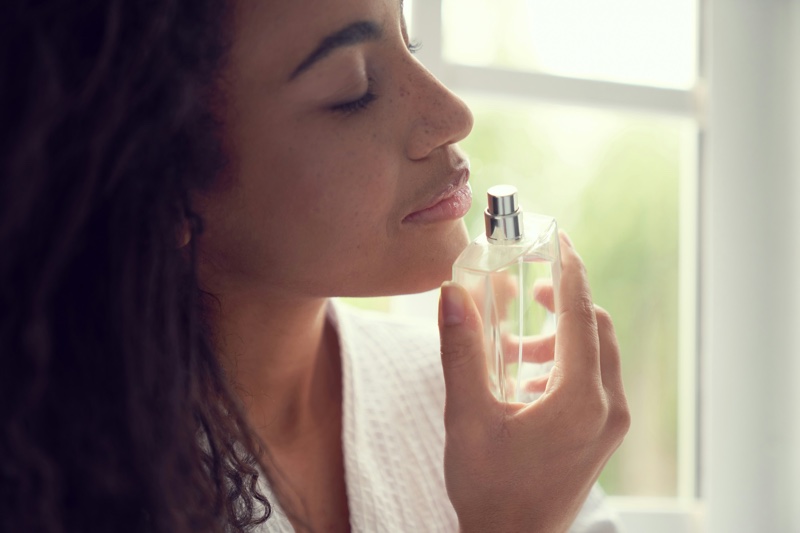
Not all scents work together. Here are some combinations and categories to avoid for successful fragrance layering.
Overly strong scent: Avoid layering fragrances that are already very strong, as the scents can clash and cause an unpleasant olfactory experience.
Similar notes: Combining similar scents without contrast can create a muddy scent with no depth.
Conflicting scents: Mixing scents that evoke conflicting emotions (such as fresh and musty) can create an unbalanced scent.
In addition to scent combinations, there are scent layering techniques to avoid.
Overapply: Less is often more. Applying too much can overwhelm the senses and cancel out the subtlety of the layered scents.
Ignore skin type: Your skin type can affect the scent and longevity of your fragrance. Generally, oily skin retains fragrance better than dry skin.
Don’t test before committing: Always test your layers before wearing them. You can use test strips. Depending on the combination, the reaction after application may be different.
When to avoid layering
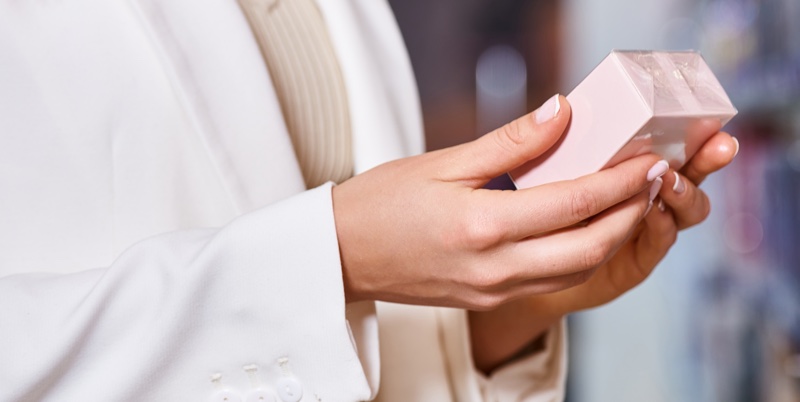
When using complex perfumes, avoid layering, as mixing complex compositions can muddy the different notes and lose the intended nuances. Your favorite fragrance may be designed to stand alone.
Strong scents, such as oud or patchouli, can overpower other scents and create an overwhelming blend.
Contrasting profiles, such as fresh aquatic notes and heavy spices, often clash, resulting in an unbalanced aroma.







